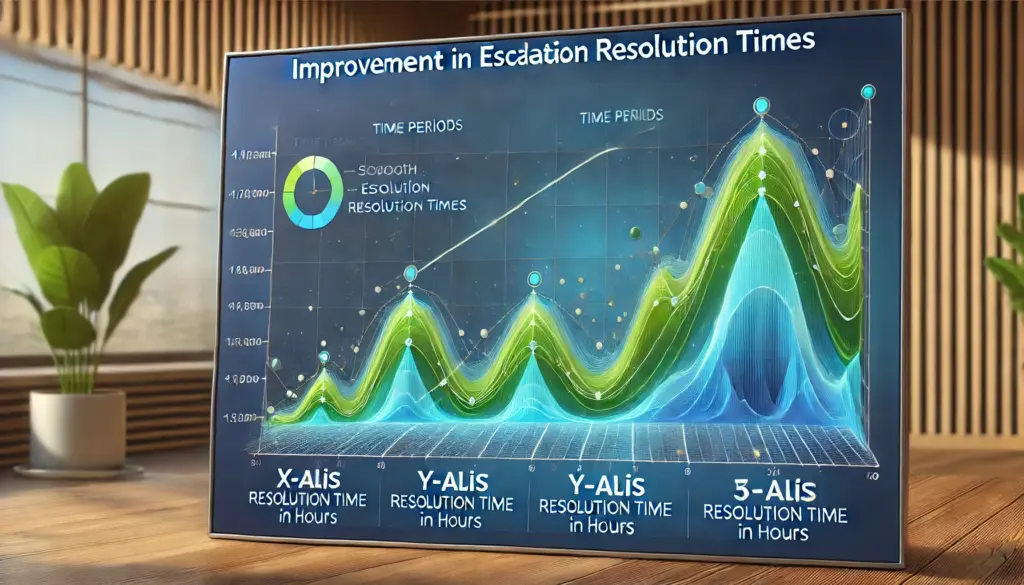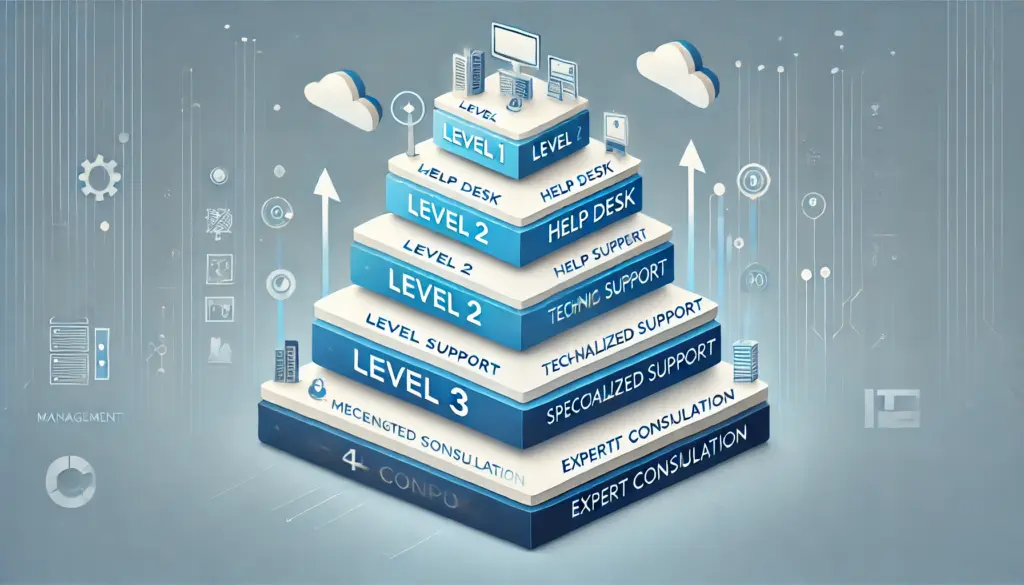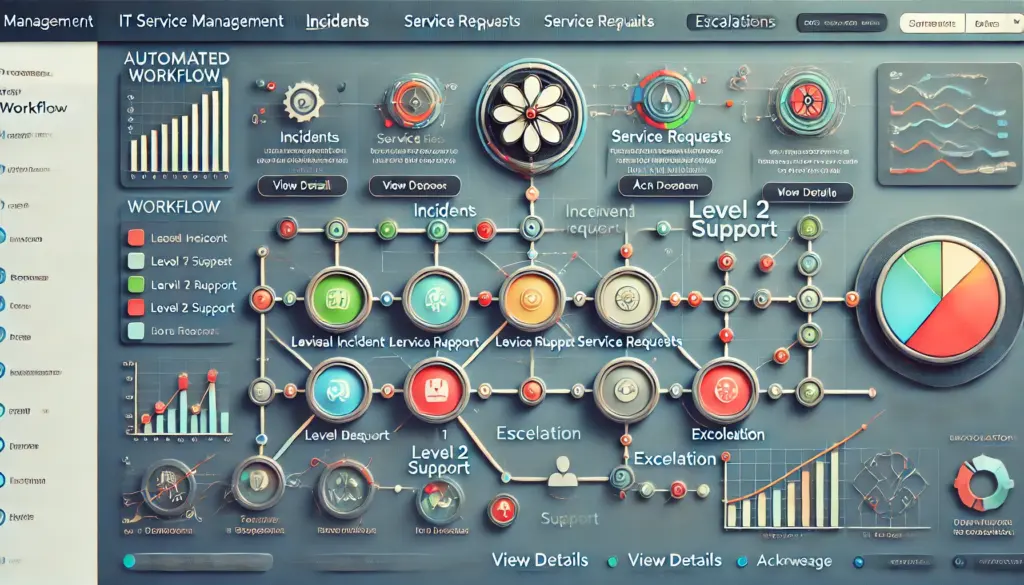Metrics That Matter: Tracking and Analyzing Incident Data
🔍 Introduction
Tracking and Analyzing Incident Data : Incident management isn’t just about resolving issues—it’s about continuously improving response efficiency and ensuring minimal business impact. The only way to achieve this? Tracking and analyzing incident data effectively.
📌 In this guide, you’ll learn:
✔️ The most critical incident management metrics
✔️ How to track and analyze incident response performance
✔️ The best tools and strategies for data-driven incident management
✔️ How to leverage incident data for continuous improvement

📊 Why Tracking Incident Data is Essential
Organizations depend on incident managers to ensure system reliability and reduce downtime. Without proper tracking and analytics, teams operate blindly—leading to delayed resolutions, repeated failures, and inefficient workflows.
✅ Benefits of Tracking Incident Metrics:
🔹 Faster problem detection → Identify and resolve incidents quicker
🔹 Better resource allocation → Optimize team workload and efficiency
🔹 Improved communication → Provide accurate reports to stakeholders
🔹 Data-driven decision making → Improve response strategies over time
📌 Pro Tip: Regularly analyzing incident trends helps teams predict potential failures before they happen.
📌 Image Placeholder 2: [Insert an infographic showing the benefits of incident tracking]
🔥 Key Metrics for Tracking and Analyzing Incident Data
Here are the most important incident management metrics you should track:
🕒 1. Mean Time to Detect (MTTD)
⏳ Definition: The time taken to identify an incident after it occurs.
📌 Why It Matters:
✔️ A lower MTTD means faster issue detection, reducing downtime.
✔️ Helps measure monitoring effectiveness and identify gaps in alerting.
📌 How to Improve MTTD:
✔️ Use AI-driven monitoring tools like New Relic, Datadog, and Prometheus.
✔️ Implement anomaly detection systems for real-time alerts.
✔️ Train teams to recognize early warning signs of incidents.
📌 Pro Tip: Automate alerting rules to avoid false positives and focus on critical alerts.

⏳ 2. Mean Time to Acknowledge (MTTA)
⏳ Definition: The time taken for the team to acknowledge an incident after being alerted.
📌 Why It Matters:
✔️ A lower MTTA means teams are responding faster to incidents.
✔️ Helps assess incident response readiness.
📌 How to Improve MTTA:
✔️ Use automated alerting through tools like PagerDuty, Opsgenie, and Freshdesk.
✔️ Implement a clear on-call schedule so incidents are never ignored.
✔️ Train teams on immediate acknowledgment protocols.
📌 Pro Tip: Leverage chatbots to auto-acknowledge and categorize incidents before human intervention.
🔧 3. Mean Time to Resolution (MTTR)
⏳ Definition: The average time taken to fully resolve an incident after it has been reported.
📌 Why It Matters:
✔️ A lower MTTR means faster incident resolution and less downtime.
✔️ Measures overall team efficiency and effectiveness.
📌 How to Improve MTTR:
✔️ Maintain clear incident response playbooks for common issues.
✔️ Implement incident automation to handle routine troubleshooting.
✔️ Use root cause analysis (RCA) techniques to prevent recurrence.
📌 Pro Tip: Use postmortems to analyze past incidents and optimize workflows.

⚠️ 4. Incident Volume and Severity
📊 Definition: The total number of incidents recorded and their severity levels (Low, Medium, High, Critical).
📌 Why It Matters:
✔️ Helps identify patterns in incident occurrence.
✔️ Ensures proper resource allocation for critical incidents.
✔️ Improves incident prevention strategies.
📌 How to Improve Incident Management:
✔️ Prioritize critical issues over low-priority incidents.
✔️ Automate low-severity incidents to reduce manual intervention.
✔️ Use incident heatmaps to identify frequent failure points.
📌 Pro Tip: Implement auto-remediation workflows for common incidents to reduce manual effort.
📢 5. First Response Time
⏳ Definition: The time taken for the first human response after an incident is reported.
📌 Why It Matters:
✔️ Faster response times reduce customer frustration.
✔️ Measures team efficiency in acknowledging issues.
📌 How to Improve Response Time:
✔️ Implement real-time notifications to incident managers.
✔️ Use AI-driven ticket categorization to assign the right teams immediately.
📌 Pro Tip: Automate triage and categorization to assign incidents faster.
📊 6. Incident Escalation Rate
📌 Definition: The percentage of incidents that require escalation to higher-level support teams.
📌 Why It Matters:
✔️ A high escalation rate indicates gaps in first-level resolution.
✔️ Helps assess team skill levels and training needs.
📌 How to Reduce Escalations:
✔️ Train Level 1 support on handling common incidents.
✔️ Improve knowledge base documentation for faster resolutions.
📌 Pro Tip: Implement self-healing automation for predictable issues to reduce escalations.
🚀 How to Analyze and Use Incident Data for Improvement
Tracking data isn’t enough—you need to analyze and act on it.
✅ Step 1: Set Baselines & Benchmarks
Compare current metrics to industry standards and historical data.
✅ Step 2: Visualize Data with Dashboards
Use Grafana, Kibana, or Power BI to create real-time incident dashboards.
✅ Step 3: Conduct Monthly Incident Reviews
Analyze trends, root causes, and recurring failures.
✅ Step 4: Continuously Improve Processes
Adjust SOPs, workflows, and automation strategies based on insights.
📌 Pro Tip: Use AI-driven analytics for predictive incident management.

🎯 Final Thoughts
Tracking incident management metrics is not just about data collection—it’s about improving performance, reducing downtime, and ensuring service reliability.
💡 Key Takeaways:
✔️ Focus on MTTD, MTTA, and MTTR for faster resolution times.
✔️ Automate low-severity incidents to reduce manual work.
✔️ Use real-time dashboards for better visibility.
✔️ Continuously review and optimize your incident response process.
📢 Next Steps:
🔹 Set up a real-time monitoring dashboard
🔹 Conduct an incident performance audit
🔹 Implement AI-driven analytics to predict failures
📚 Learn More:
💬 How do you track incident performance in your organization? Share your insights below!




